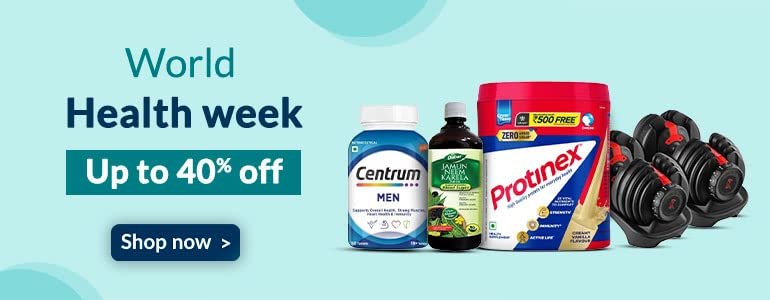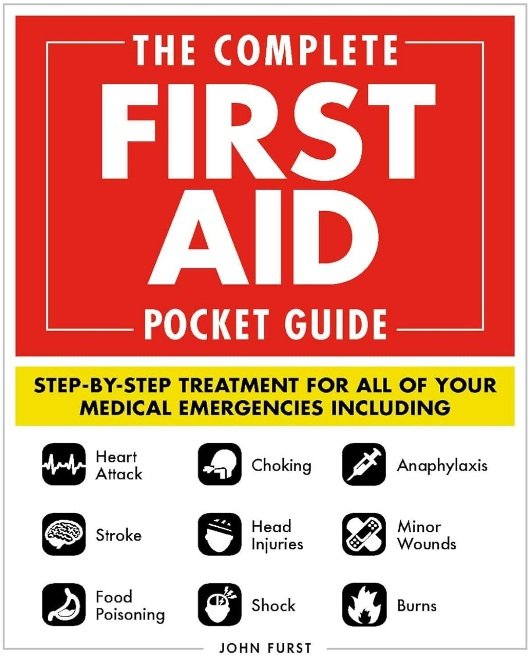MCQ on Hemostasis

Frequently Asked MCQ quiz on the Hemostasis Questions with Answers – MCQ Quiz for Competitive Exam Preparation – – These questions given will be useful for competitive exams preparation. We will be updating more mcq regularly, please follow our website regularly.
Hemostasis is the physiological process that stops bleeding and maintains blood within the blood vessels. It involves a series of complex interactions between blood vessels, platelets, and coagulation factors.

What are platelets also known as?
a) Erythrocytes

b) Leukocytes
c) Thrombocytes
d) Lymphocytes
Answer: c) Thrombocytes
What is the primary function of platelets?
a) Oxygen transport
b) Immune defense
c) Blood clotting
d) pH regulation
Answer: c) Blood clotting
FOLLOW YOUTUBE CHANNEL FOR MORE MCQS CLICK HERE
Where are platelets formed in the body?
a) Liver
b) Bone marrow
c) Spleen
d) Kidneys
Answer: b) Bone marrow
What is the average lifespan of a platelet in the bloodstream?
a) 3-5 days
b) 7-10 days
c) 14-21 days
d) 30-45 days
Answer: a) 3-5 days
Which hormone stimulates the production of platelets?
a) Erythropoietin
b) Thrombopoietin
c) Insulin
d) Aldosterone
Answer: b) Thrombopoietin
What is the process of platelet production called?
a) Erythropoiesis
b) Leukopoiesis
c) Thrombopoiesis
d) Hematopoiesis
Answer: c) Thrombopoiesis
What is the primary role of platelets in hemostasis?
a) Vasoconstriction
b) Formation of fibrin threads
c) Formation of platelet plugs
d) Activation of clotting factors
Answer: c) Formation of platelet plugs
Which enzyme is released by activated platelets to promote vasoconstriction?
a) Thrombin
b) Fibrinogen
c) Serotonin
d) Prothrombin
Answer: c) Serotonin
What is the process by which platelets adhere to exposed collagen fibers in damaged blood vessels?
a) Aggregation
b) Coagulation
c) Adhesion
d) Activation
Answer: c) Adhesion
Which protein plays a crucial role in platelet adhesion and aggregation?
a) Fibrinogen
b) Von Willebrand factor (VWF)
c) Thrombin
d) Factor VIII
Answer: b) Von Willebrand factor (VWF)
What is the role of platelet-derived growth factor (PDGF) in wound healing?
a) Promotes platelet aggregation
b) Stimulates vasoconstriction
c) Enhances tissue repair and regeneration
d) Initiates fibrinolysis
Answer: c) Enhances tissue repair and regeneration
Which of the following factors is essential for the conversion of fibrinogen to fibrin during blood clot formation?
a) Thrombin
b) Prothrombin
c) Platelet factor 3
d) Factor VIII
Answer: a) Thrombin
What is the name of the process by which platelets change shape, release granules, and become sticky upon activation?
a) Adhesion
b) Aggregation
c) Activation
d) Coagulation
Answer: c) Activation
Which type of platelet granules contains factors that promote platelet aggregation and vasoconstriction?
a) Alpha granules
b) Dense granules
c) Lysosomes
d) Peroxisomes
Answer: b) Dense granules
What is the role of platelet aggregation in hemostasis?
a) Formation of platelet plugs
b) Conversion of fibrinogen to fibrin
c) Activation of clotting factors
d) Contraction of blood vessels
Answer: a) Formation of platelet plugs
Which of the following substances is released by platelets to promote blood vessel repair and growth?
a) Thrombin
b) Serotonin
c) Platelet-derived growth factor (PDGF)
d) Von Willebrand factor (VWF)
Answer: c) Platelet-derived growth factor (PDGF)
Which of the following factors stabilizes blood clots by cross-linking fibrin strands?
a) Thrombin
b) Fibrinogen
c) Plasmin
d) Factor XIII (Fibrin-stabilizing factor)
Answer: d) Factor XIII (Fibrin-stabilizing factor)
Which type of platelet granules contains factors that promote inflammation and immune responses?
a) Alpha granules
b) Dense granules
c) Lysosomes
d) Peroxisomes
Answer: a) Alpha granules
What is the primary role of platelets in the inflammatory response?
a) Phagocytosis of pathogens
b) Release of histamine
c) Production of antibodies
d) Secretion of inflammatory mediators
Answer: d) Secretion of inflammatory mediators
Which enzyme is responsible for dissolving blood clots during fibrinolysis?
a) Thrombin
b) Plasmin
c) Fibrinogen
d) Factor XIII
Answer: b) Plasmin
What is the primary function of platelet factor 3 (PF3) during blood clotting?
a) Activation of platelets
b) Activation of fibrinogen
c) Initiation of the coagulation cascade
d) Stabilization of blood clots
Answer: c) Initiation of the coagulation cascade
Which of the following conditions is characterized by abnormally low platelet count?
a) Thrombocytopenia
b) Thrombocythemia
c) Hemophilia
d) Von Willebrand disease
Answer: a) Thrombocytopenia
Which substance released by platelets promotes platelet aggregation and vasoconstriction?
a) Serotonin
b) Prothrombin
c) Fibrinogen
d) Von Willebrand factor (VWF)
Answer: a) Serotonin
Which of the following is NOT a function of platelets?
a) Blood clotting
b) Immune defense
c) Vasoconstriction
d) Tissue repair
Answer: b) Immune defense
Which of the following conditions is characterized by abnormally high platelet count?
a) Thrombocytopenia
b) Thrombocythemia
c) Hemophilia
d) Von Willebrand disease
Answer: b) Thrombocythemia
FOLLOW YOUTUBE CHANNEL FOR MORE MCQS CLICK HERE
The process of hemostasis can be divided into several stages:
- Vascular spasm: When a blood vessel is injured, its smooth muscle contracts, causing the vessel to constrict. This reduces blood flow to the site of injury, minimizing blood loss.
- Platelet plug formation: Platelets adhere to the site of injury and become activated, changing shape and releasing chemical signals that attract more platelets. This leads to the formation of a temporary plug, which helps to seal the damaged blood vessel.
- Coagulation: Coagulation, or blood clotting, is a complex cascade of enzymatic reactions that culminate in the conversion of soluble fibrinogen into insoluble fibrin threads. Fibrin strands form a meshwork that reinforces the platelet plug, stabilizing it and forming a more permanent clot.
- Clot retraction and repair: The clot undergoes retraction, which pulls the edges of the wound together, facilitating tissue repair. Meanwhile, other repair processes such as tissue regeneration and angiogenesis (formation of new blood vessels) begin.
- Fibrinolysis: Once the blood vessel is repaired, the clot is no longer needed. Fibrinolysis is the process by which the clot is broken down by the enzyme plasmin into soluble fibrin degradation products, allowing blood flow to return to normal.
Discover more from Bibliobazar Digi Books
Subscribe to get the latest posts sent to your email.




![First Aid (Quick Study Health) PDF Free Download [Direct Link]](https://bazarbiblio.com/wp-content/uploads/2024/02/First-Aid-Quick-Study-Health-PDF.jpg)
